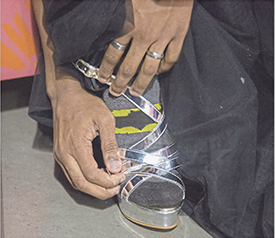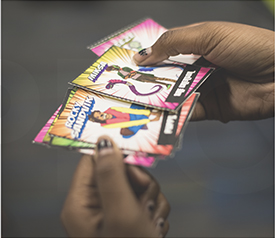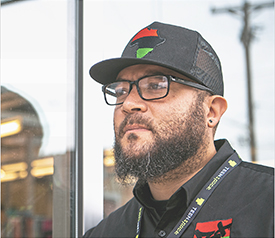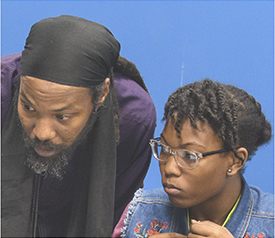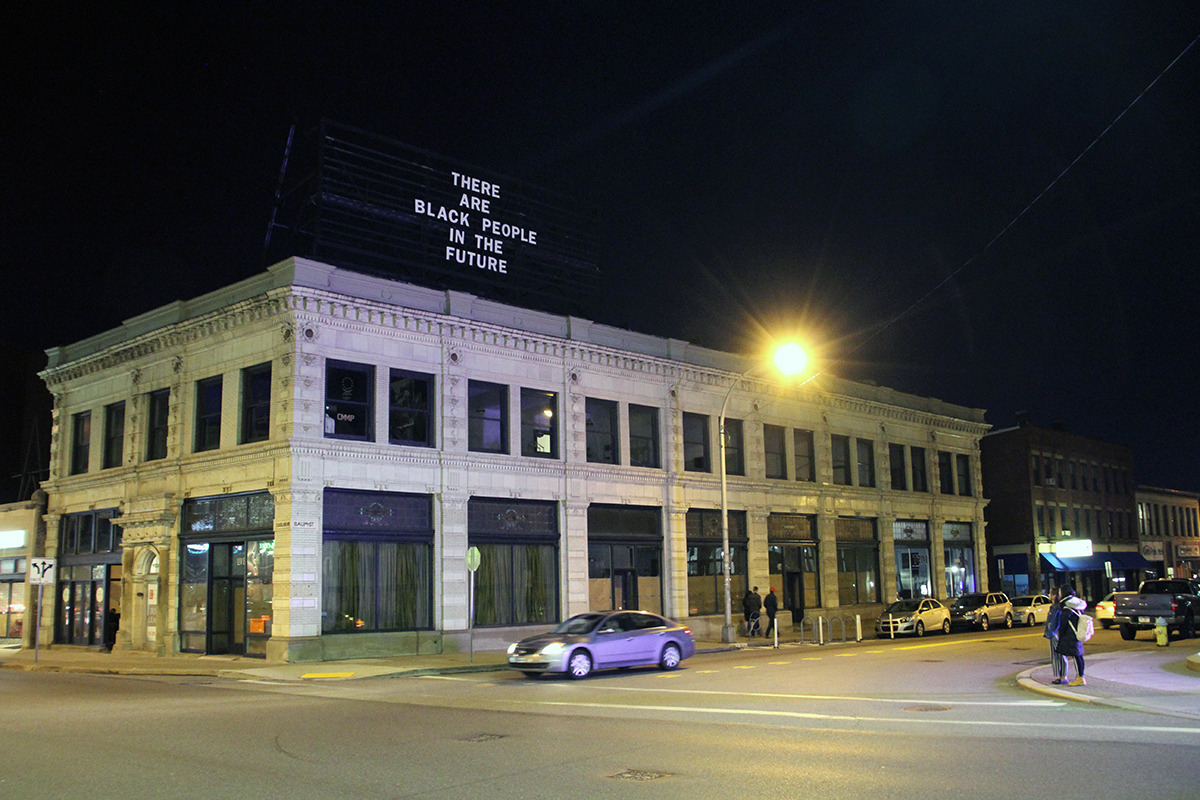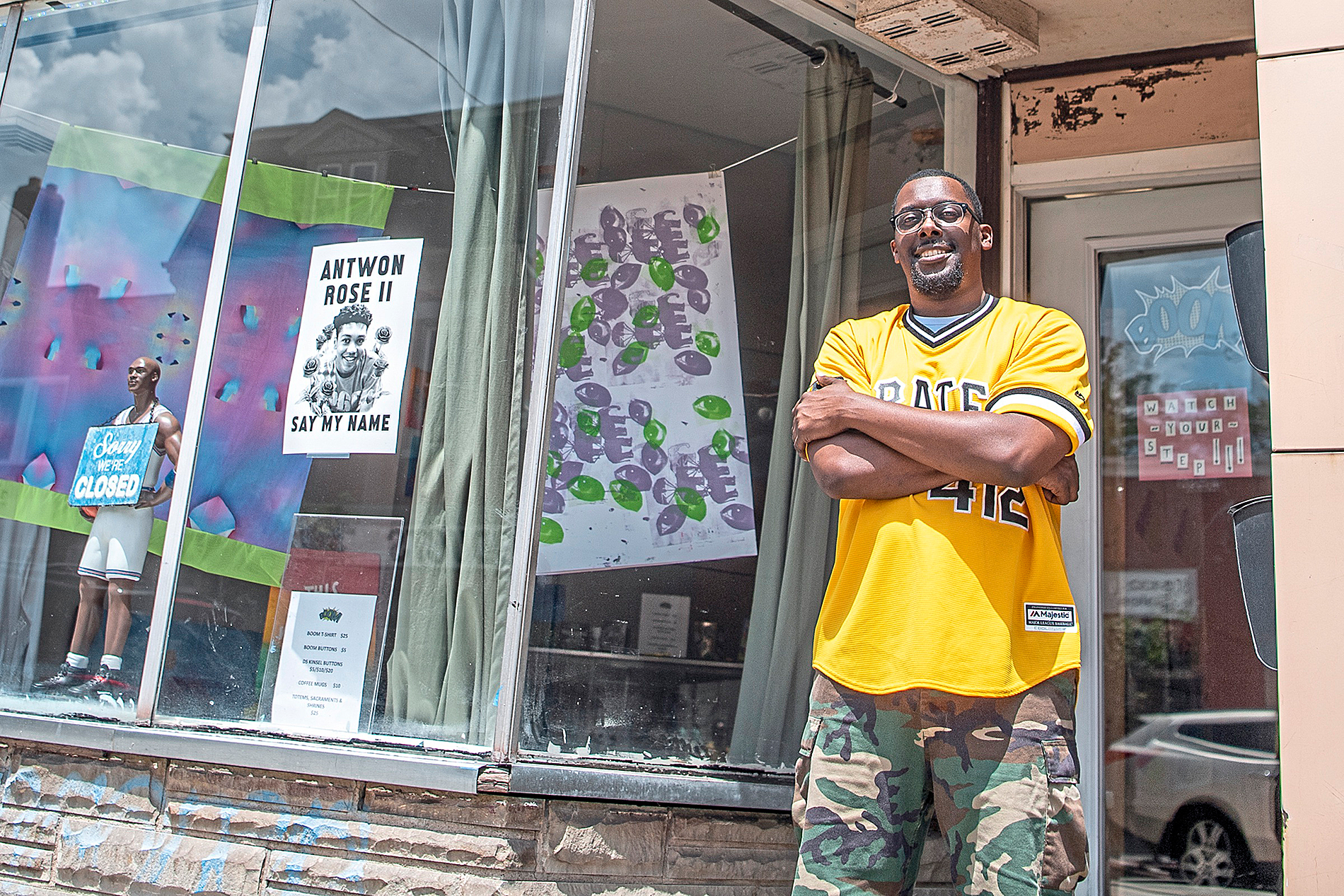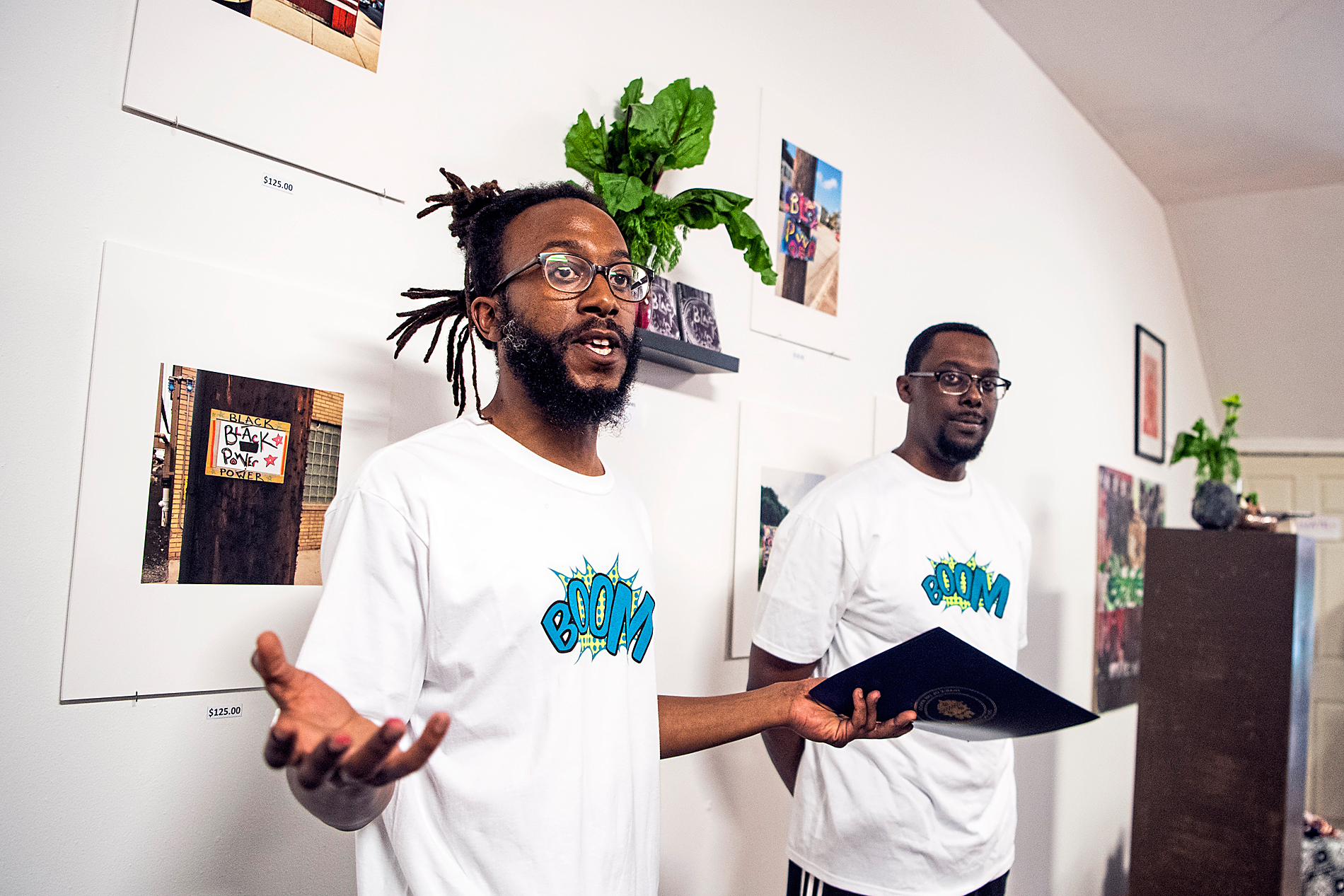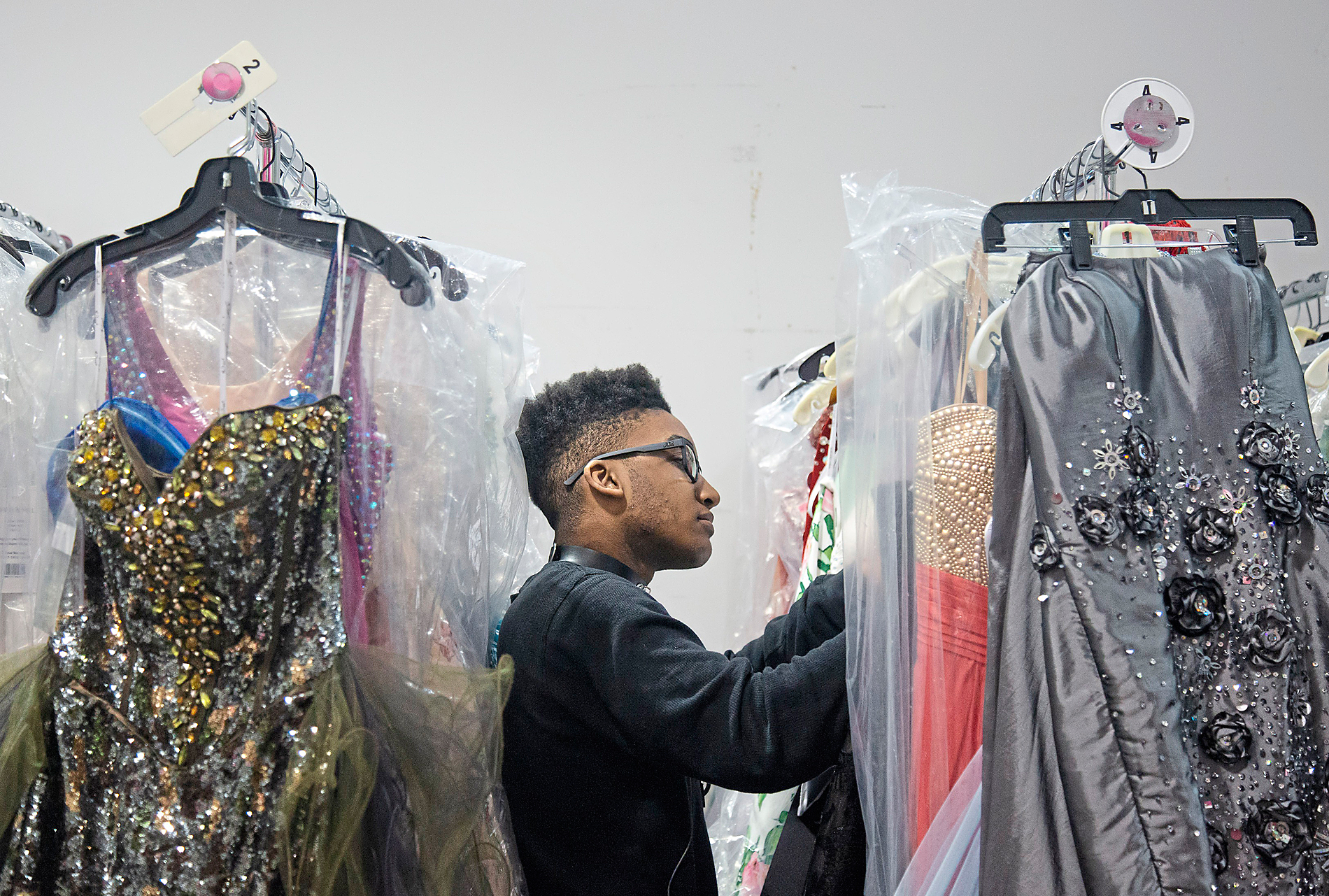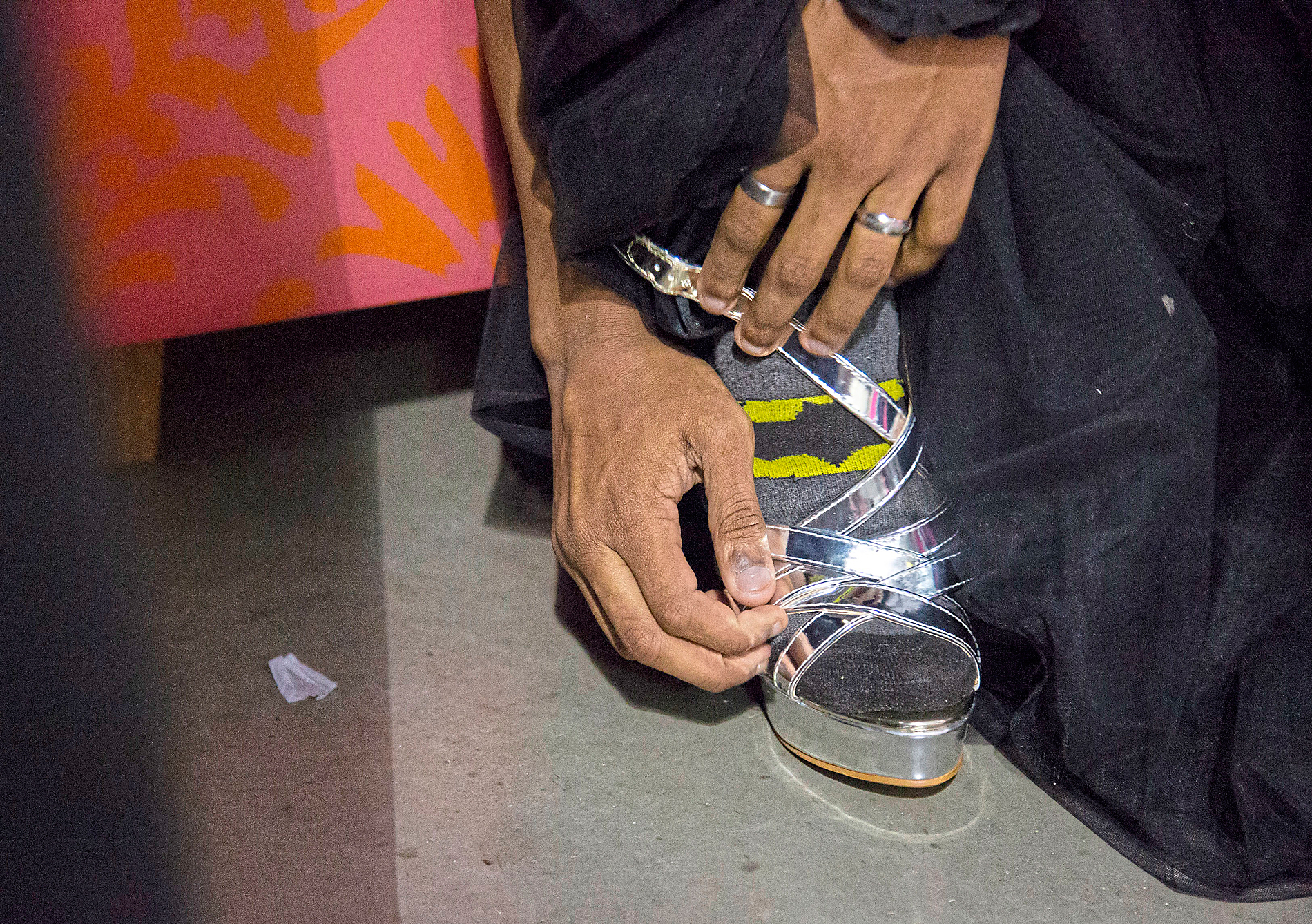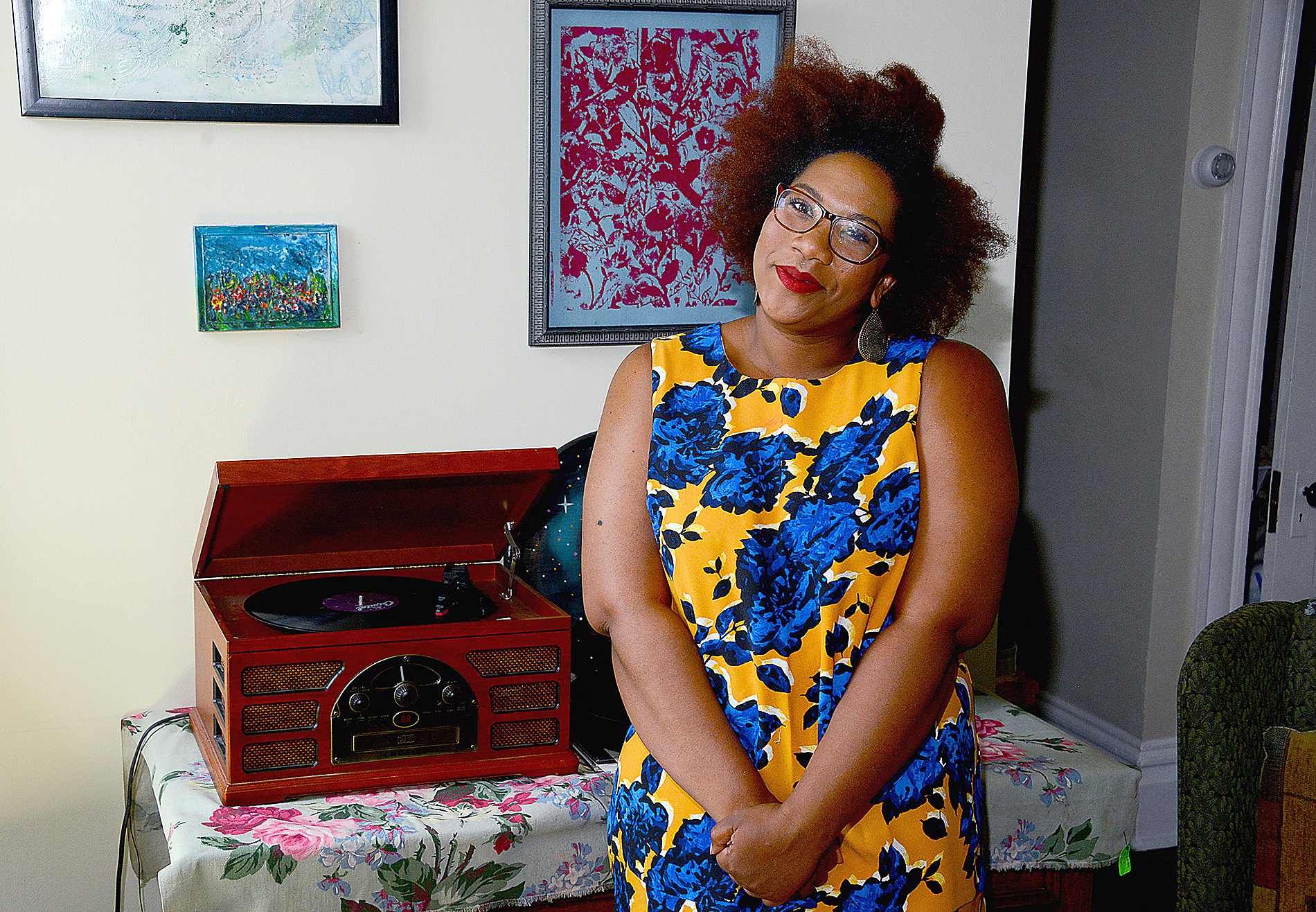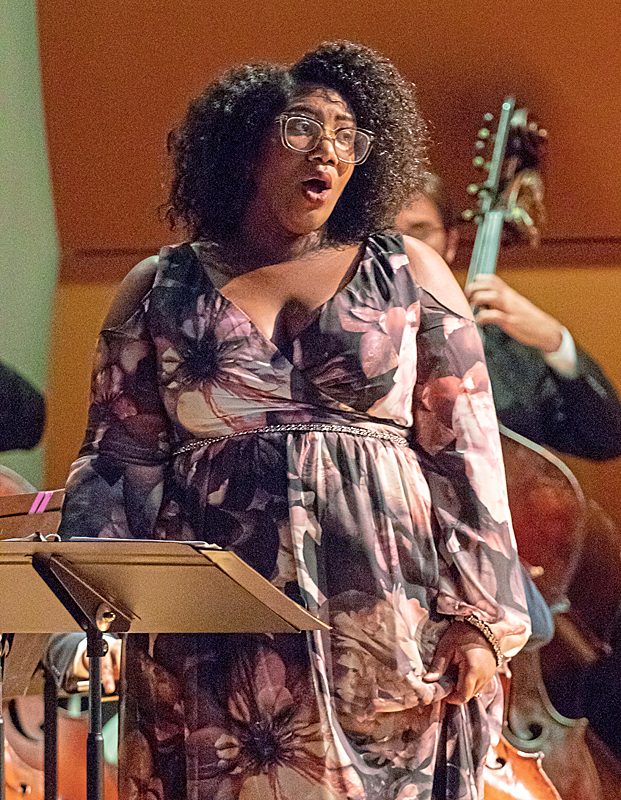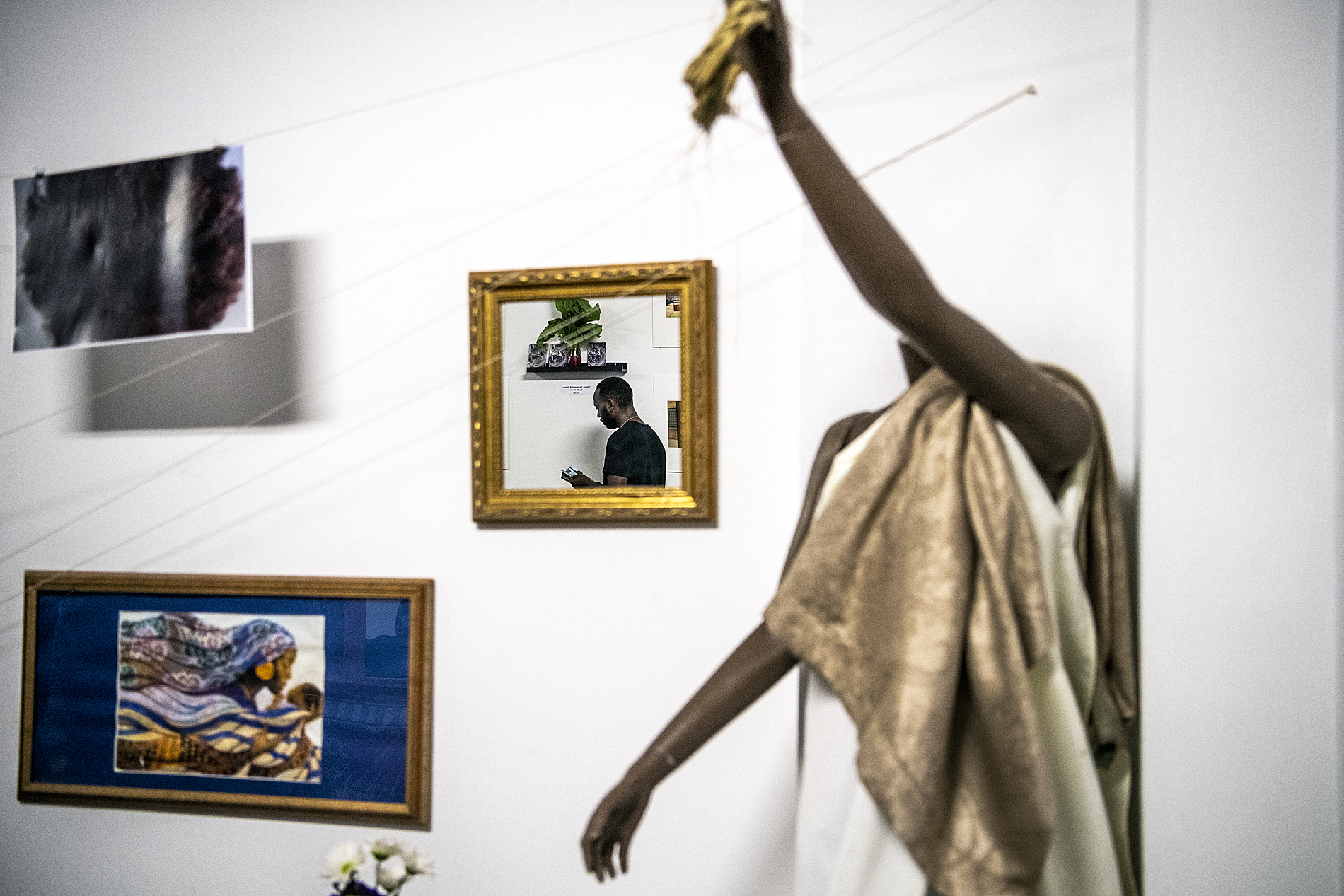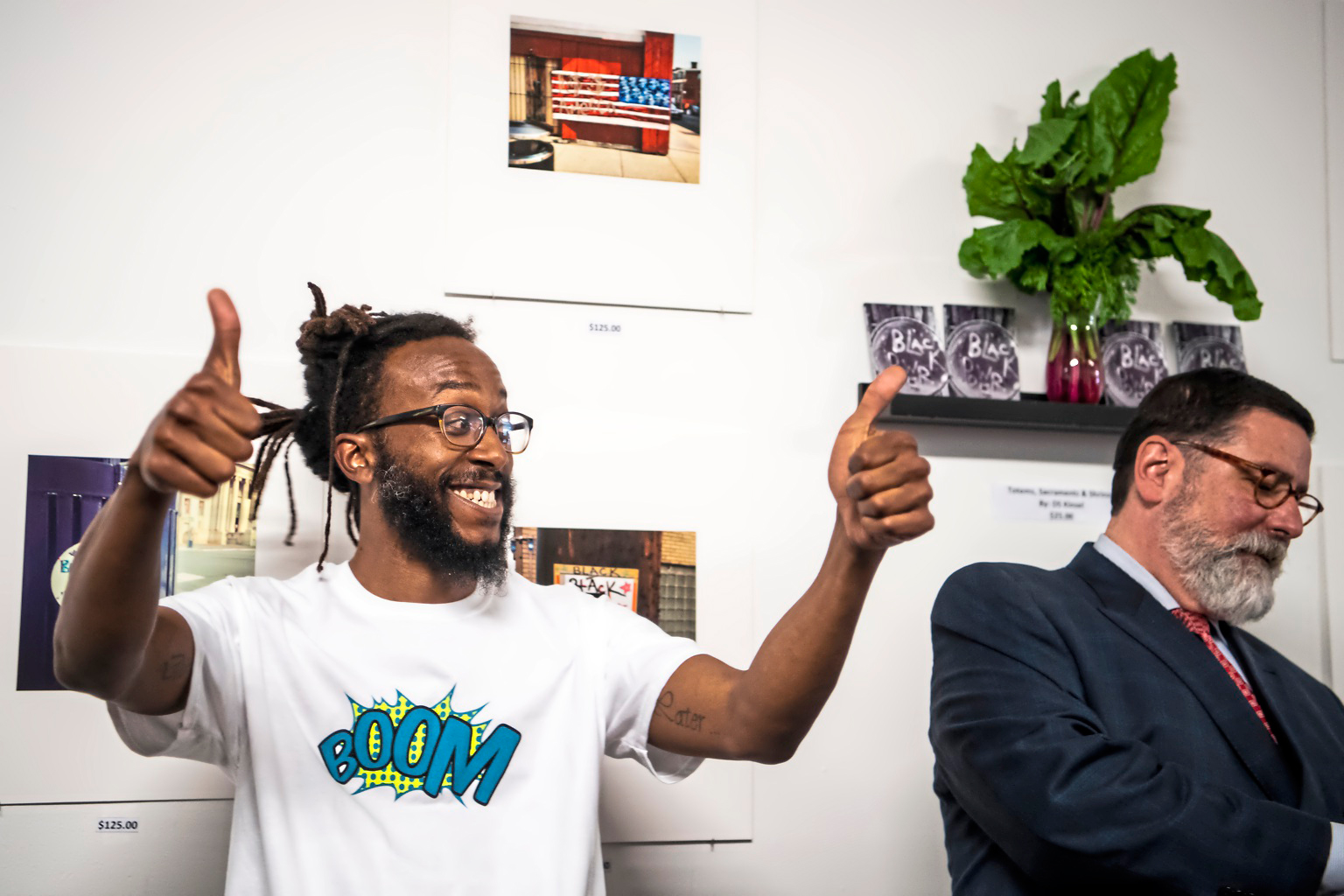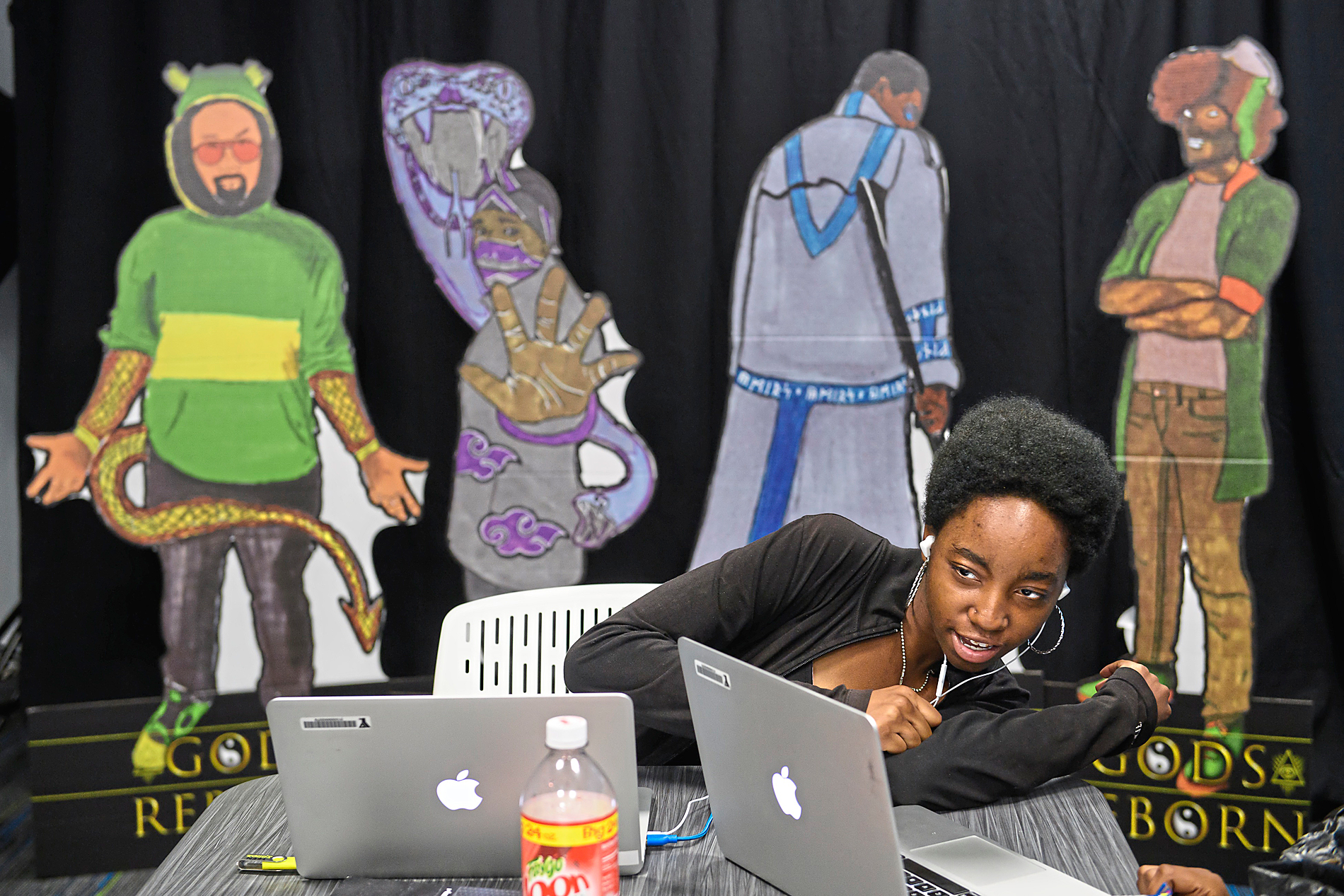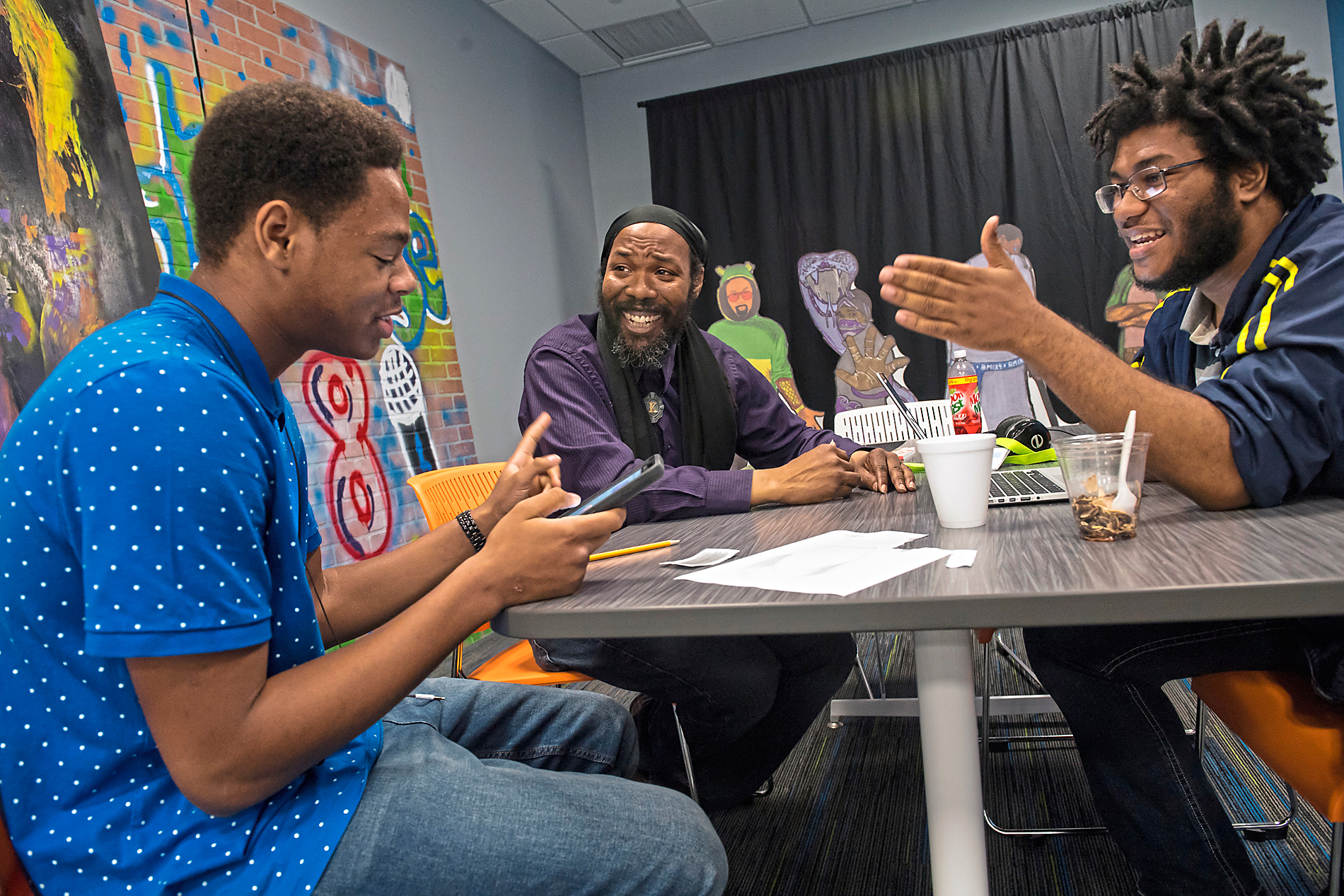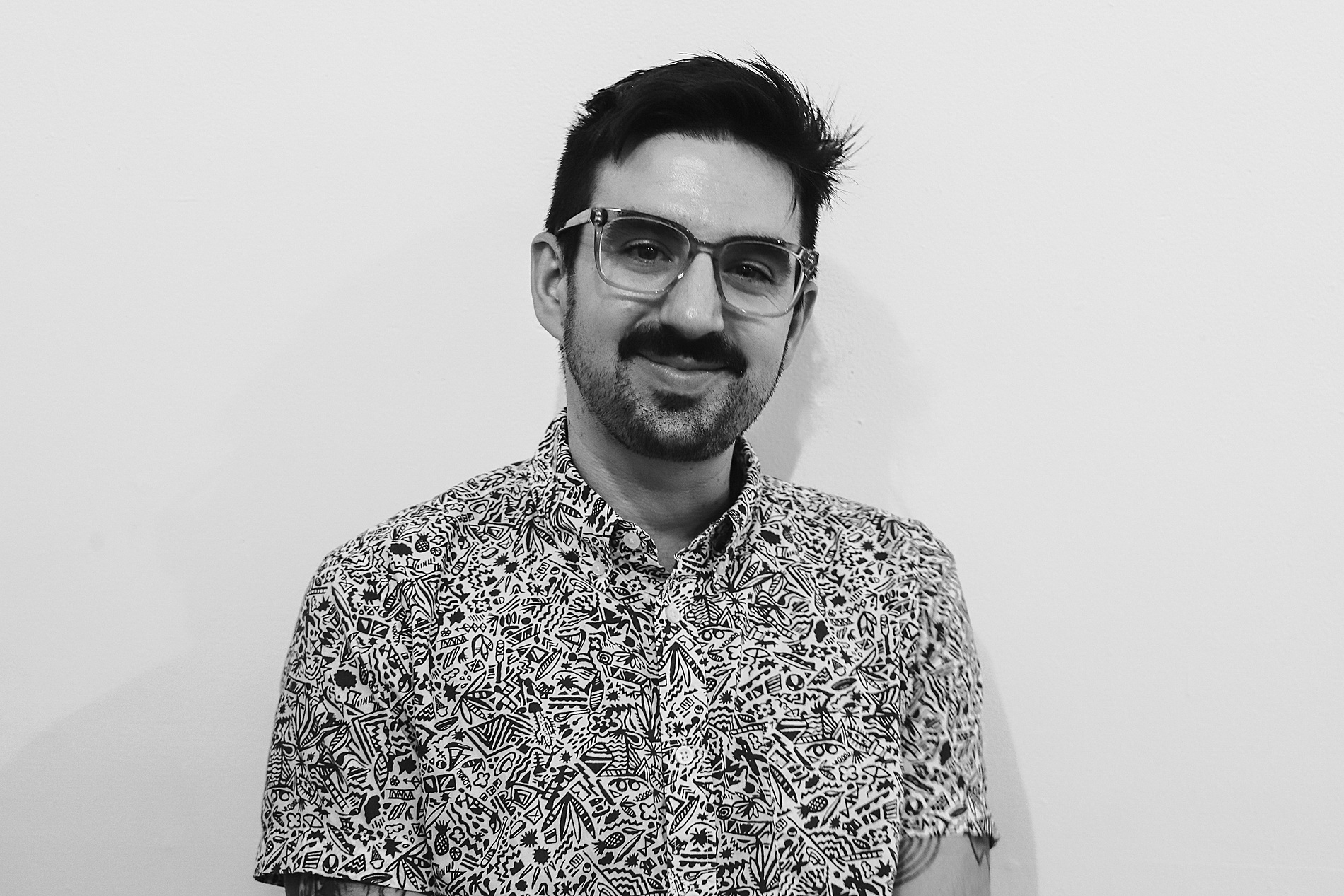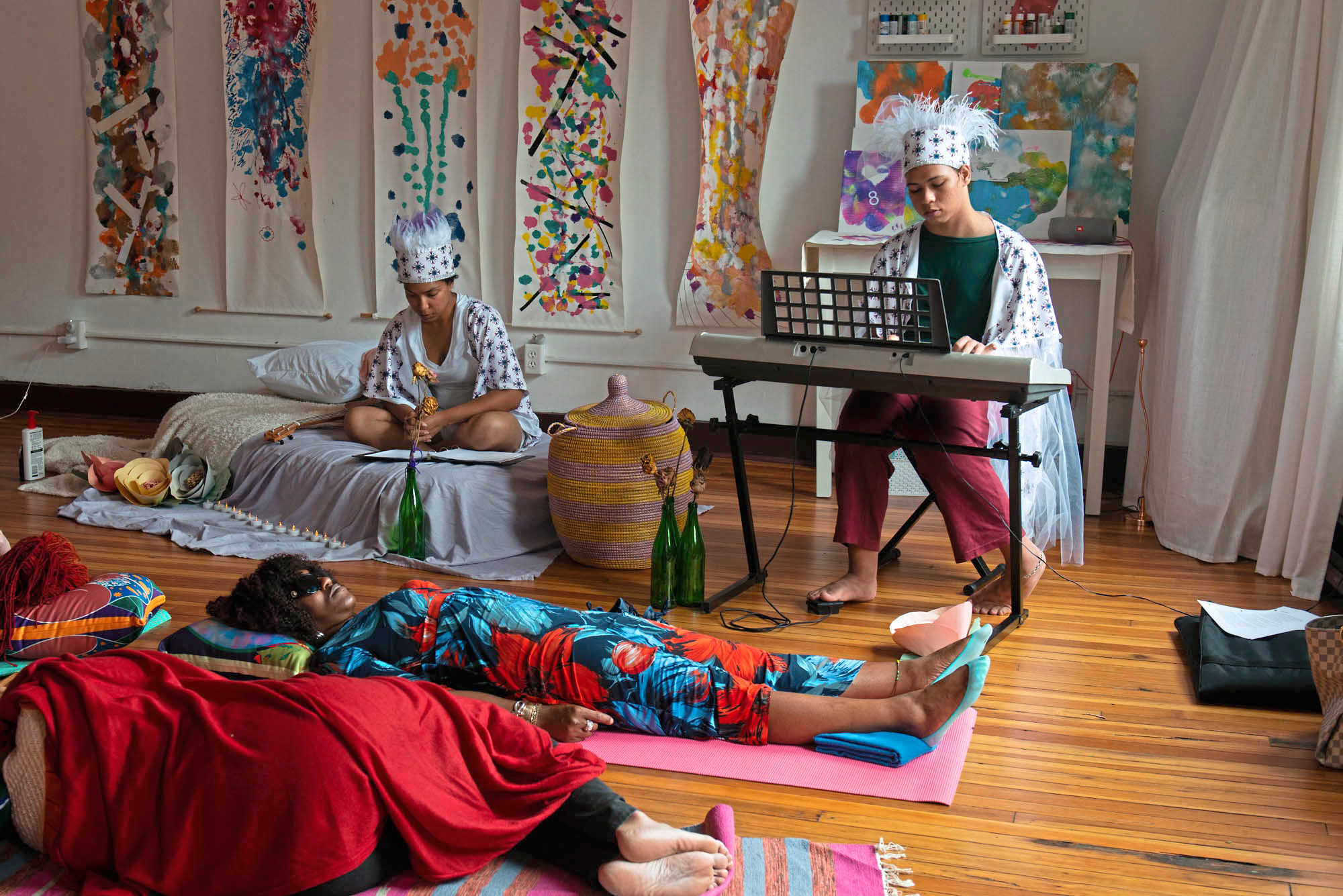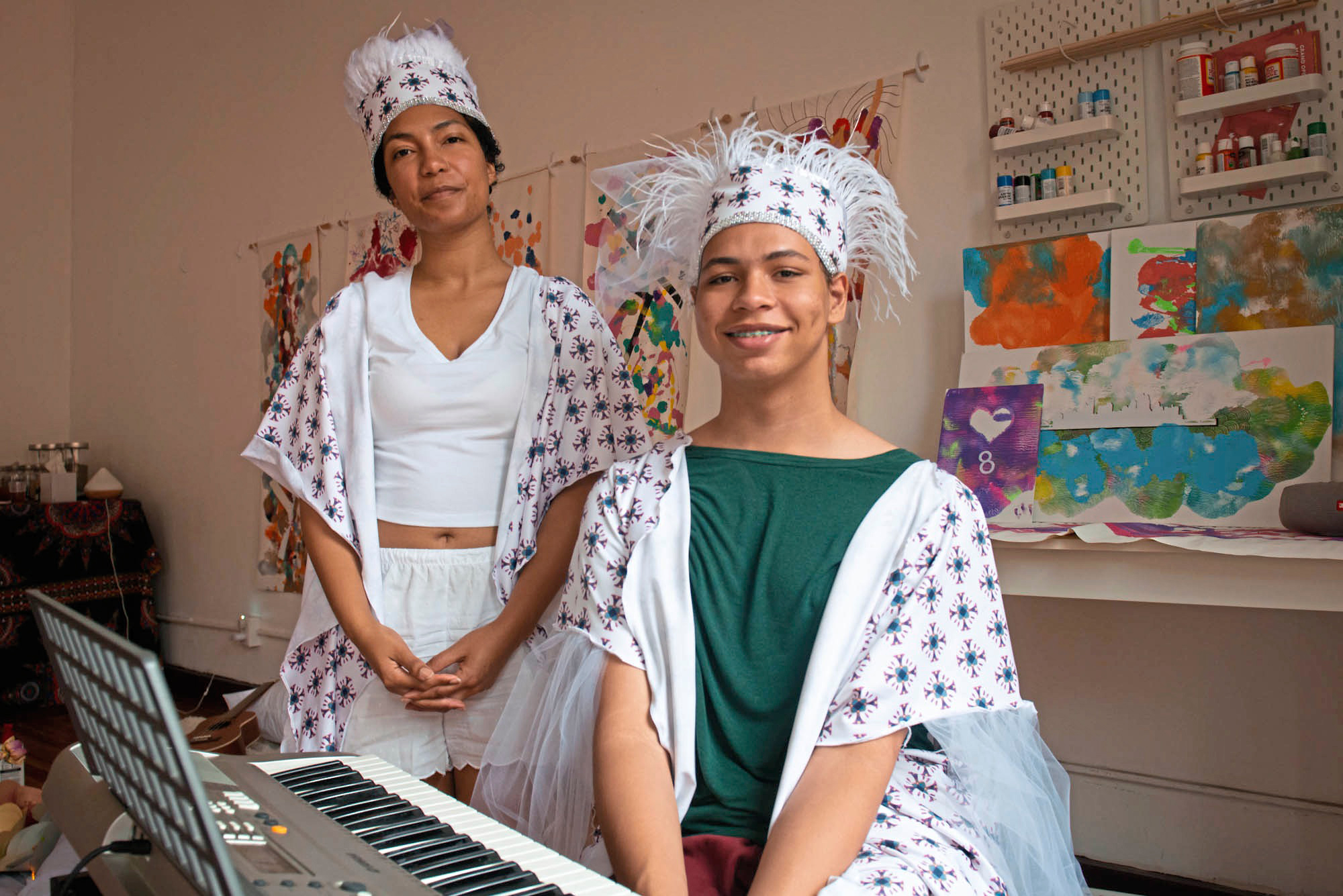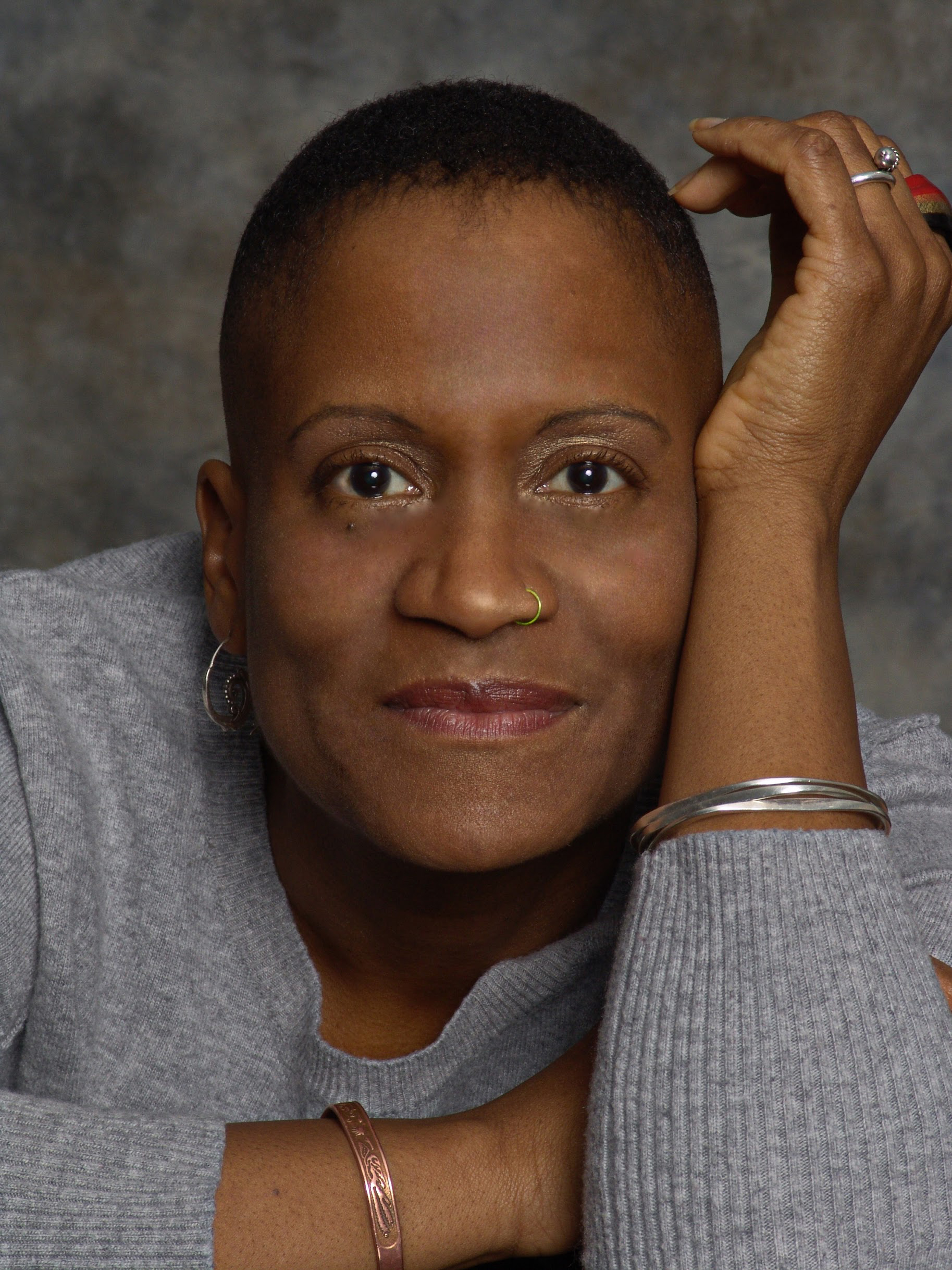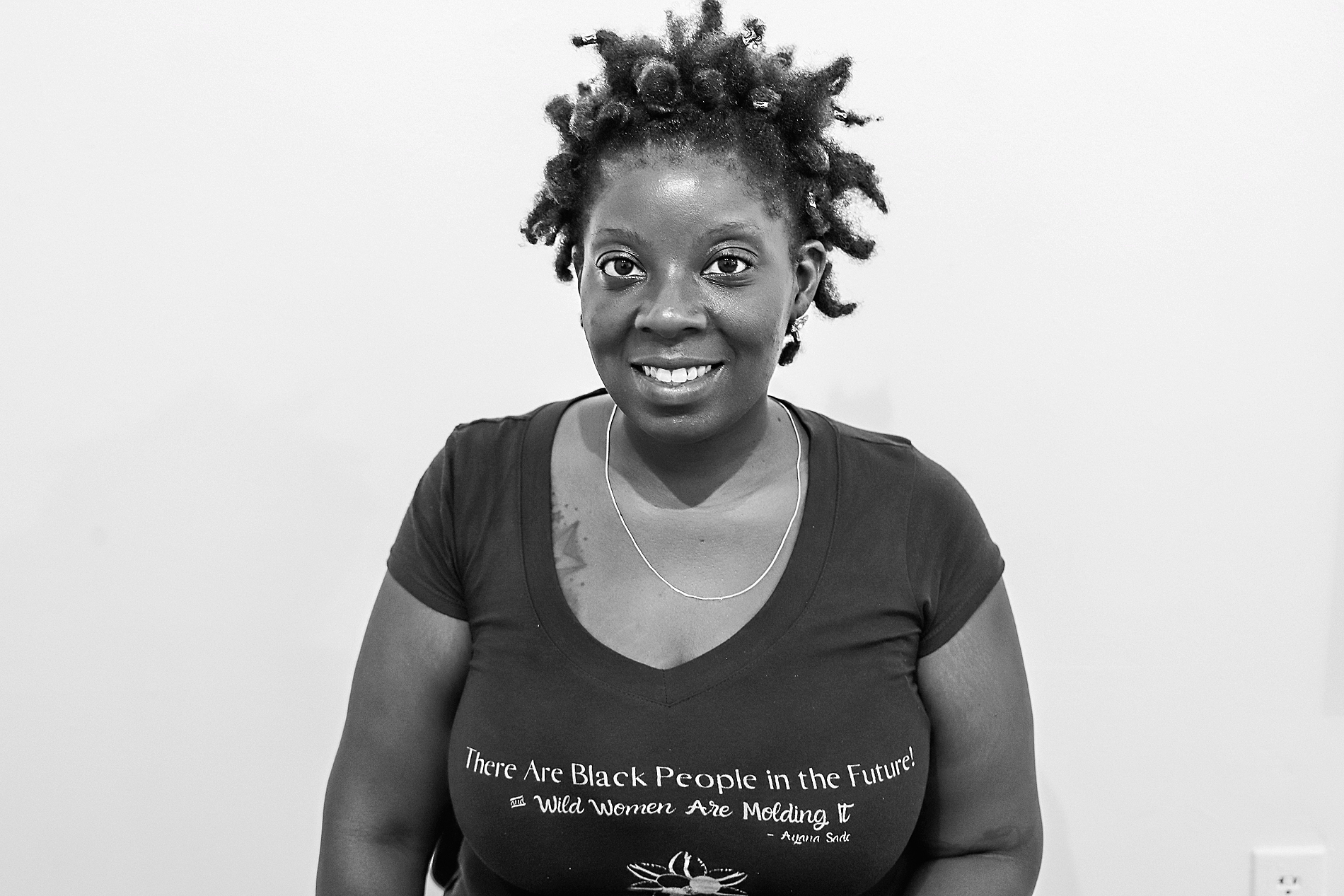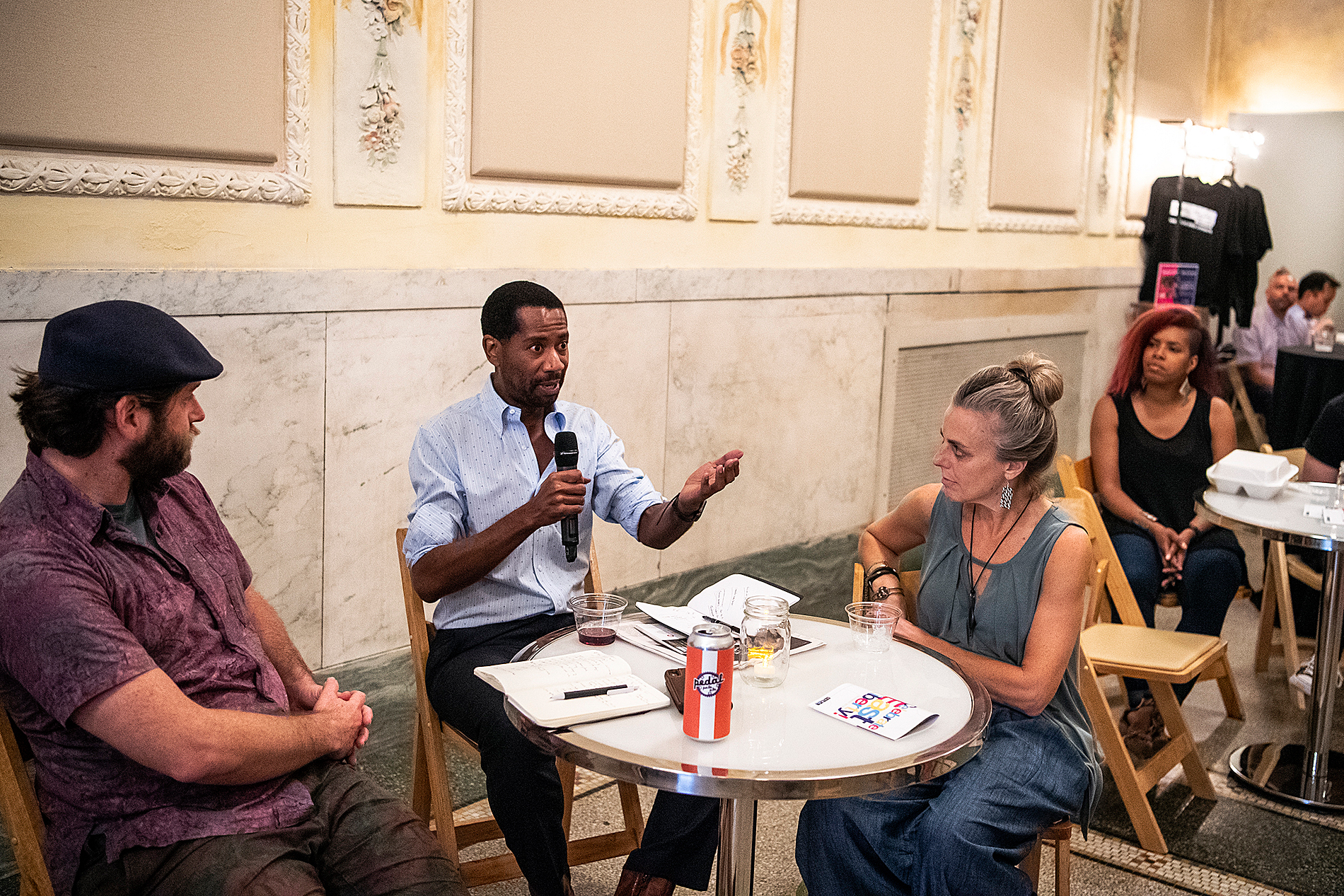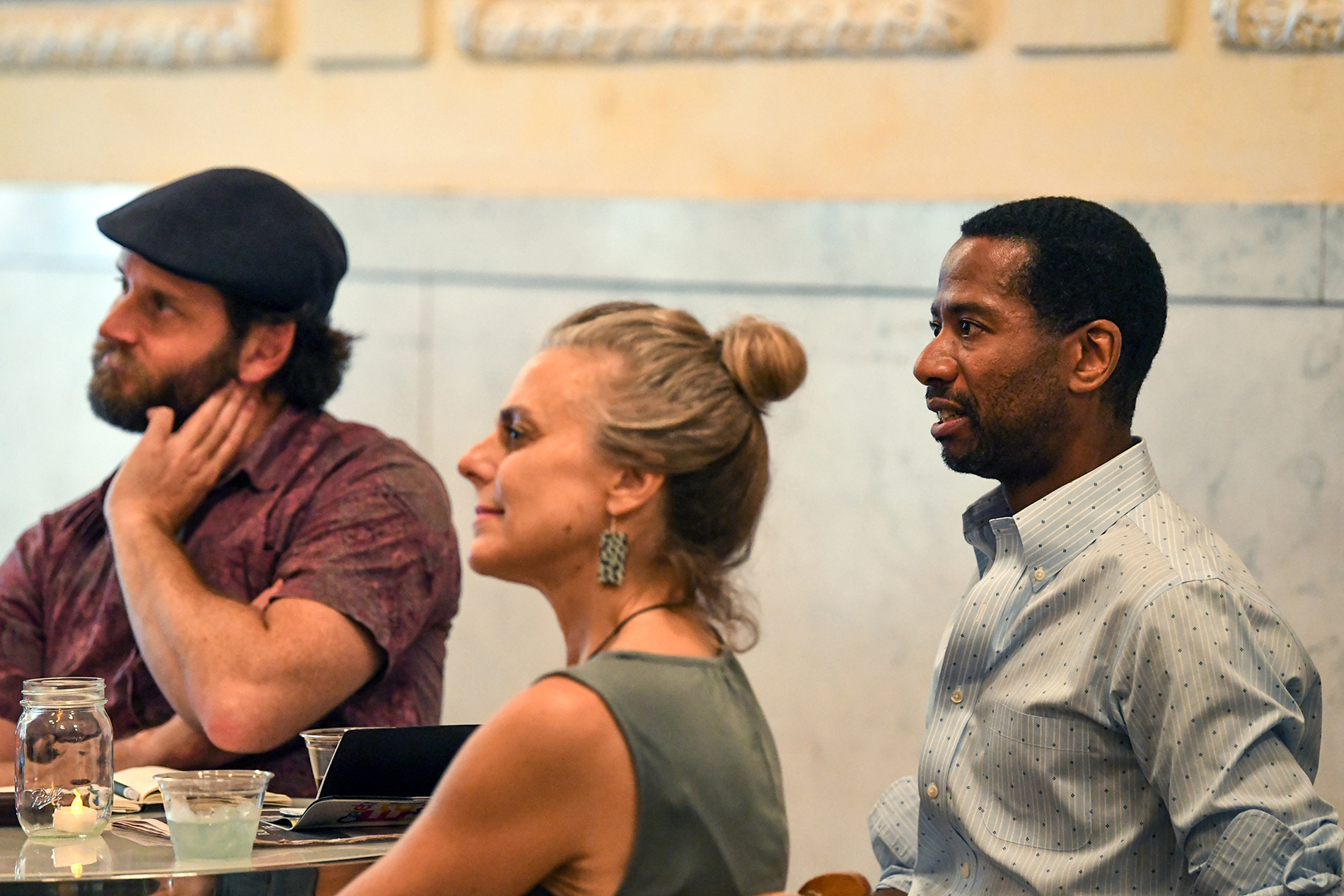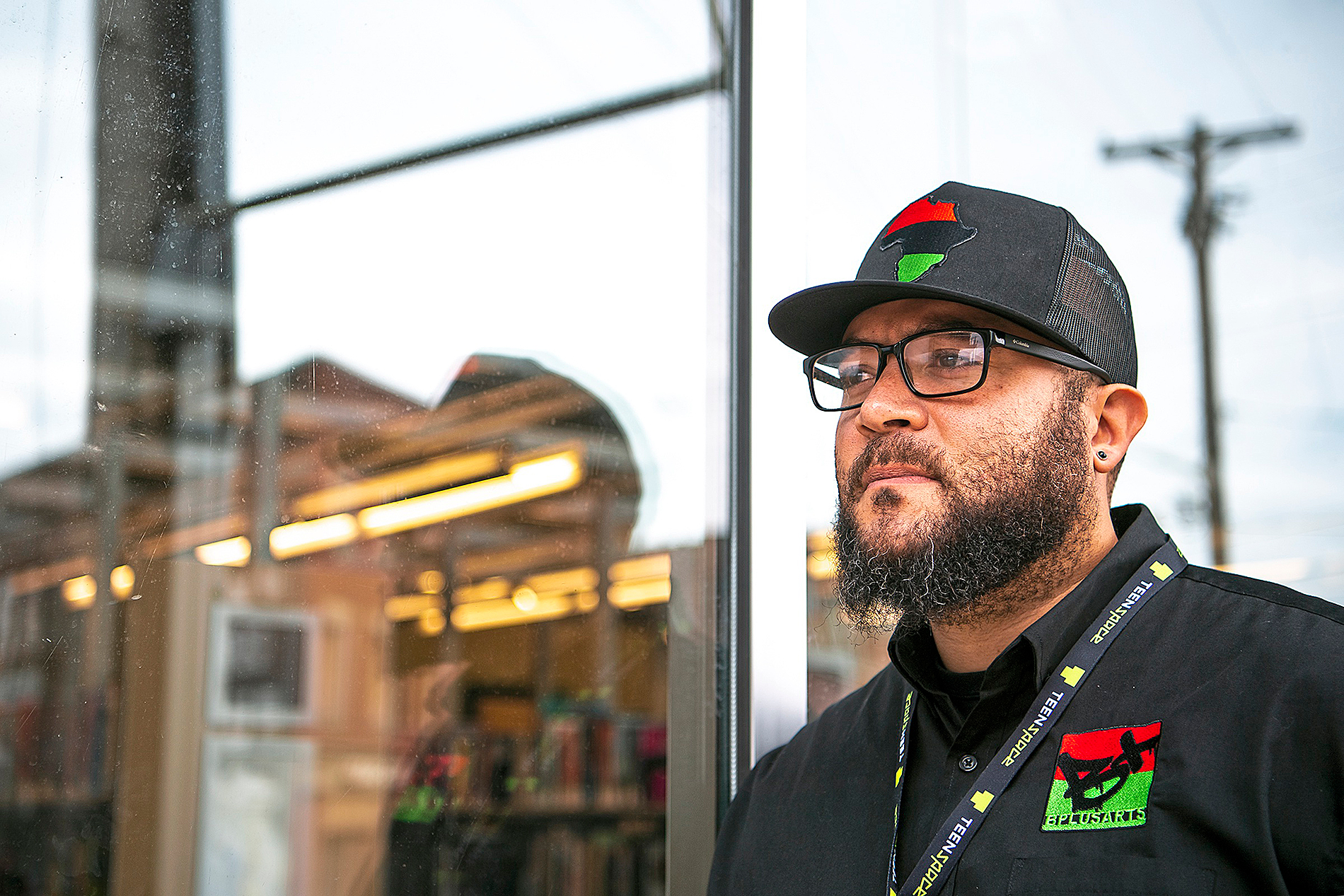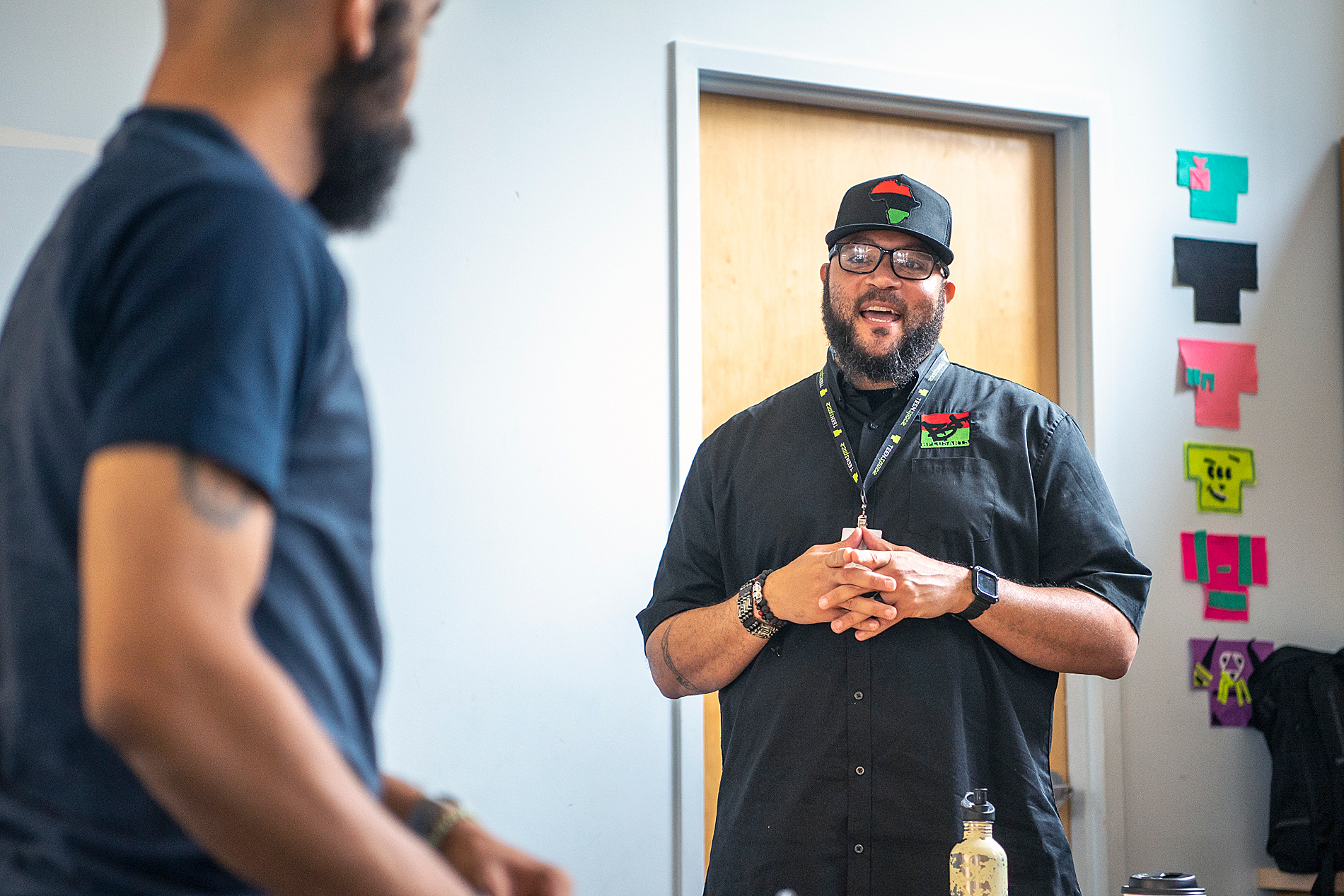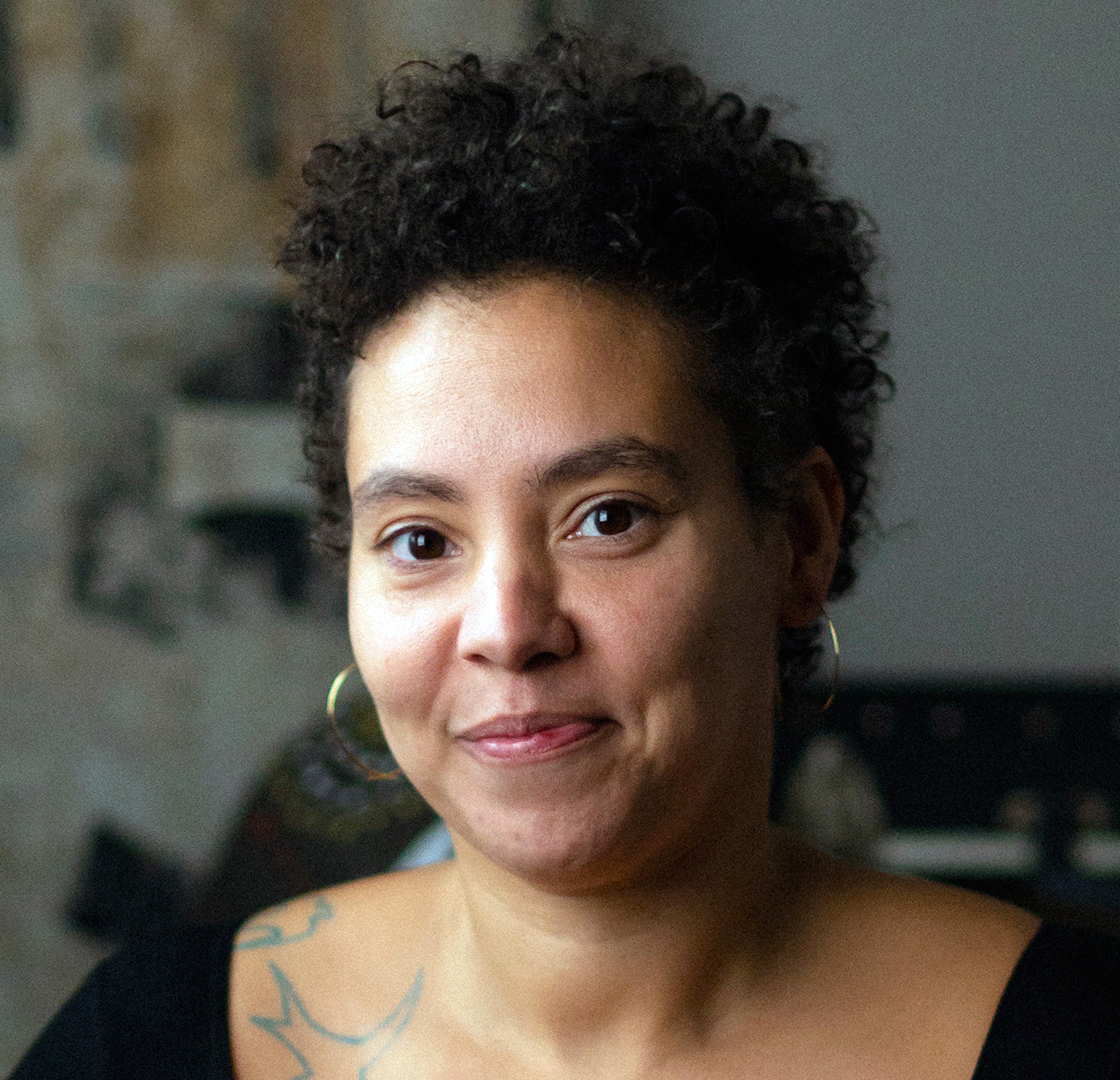
When Alisha Wormsley’s message, “There Are Black People in the Future,” was removed from an East Liberty billboard art installation at the end of March 2018, its creator didn’t disappear with it.
She got louder.
With help from Greater Pittsburgh Art Council’s Office of Public Art and Carnegie Mellon University professor Jon Rubin — the architect behind “The Last Billboard” project that made Wormsley’s almost monthlong display possible — she formed an artwork-in-residence program funded by Heinz Endowments.
The program offered creators and community members living or working in East Liberty, Bloomfield, Garfield, Larimer and Homewood $1,200 microgrants to participate in Wormsley’s “There Are Black People in the Future” project, which began in 2012.
The work of the 11 selected projects will be presented at a community program 5:30 to 7:30 p.m. Oct. 24 at the Carnegie Library of Pittsburgh’s Homewood branch. As part of this program, documentary filmmaker Chris Ivey will screen a preview of a video about the project and process.
The 11 projects addressed development, gentrification and displacement in Pittsburgh’s East End and creating conversations about blackness in a changing city. They include Thomas James Agnew, Ether, Anqwenique Kinsel, D.S. Kinsel, Amos Levy and Kay Bey, Lucas Mickens, Onika Reigns, Felicia Savage Friedman, Ayana Sade Toukam, Woodrow Winchester III and Brett Wormsley — brother of Alisha Wormsley.
These artists spent their summer carrying out eclectic pieces of the “There Are Black People in the Future” project with interviews, song, Afrofuturistic music, video, storytelling, rest sessions, anti-racist raja yoga and technology.
The removal of the billboard caused an outcry on social media and in community discussions. About three weeks after the billboard went up atop a building at Baum Boulevard and Highland Avenue, Mr. Rubin was asked by his landlord, Eve Picker of WeDo property, to take it down, noting that he had violated his lease by not seeking prior approval and by posting something that was “distasteful, offensive, erotic, political.”
Kaisha Jantsch, a summer intern at the Pittsburgh Post-Gazette, received a master’s degree from Point Park University.

